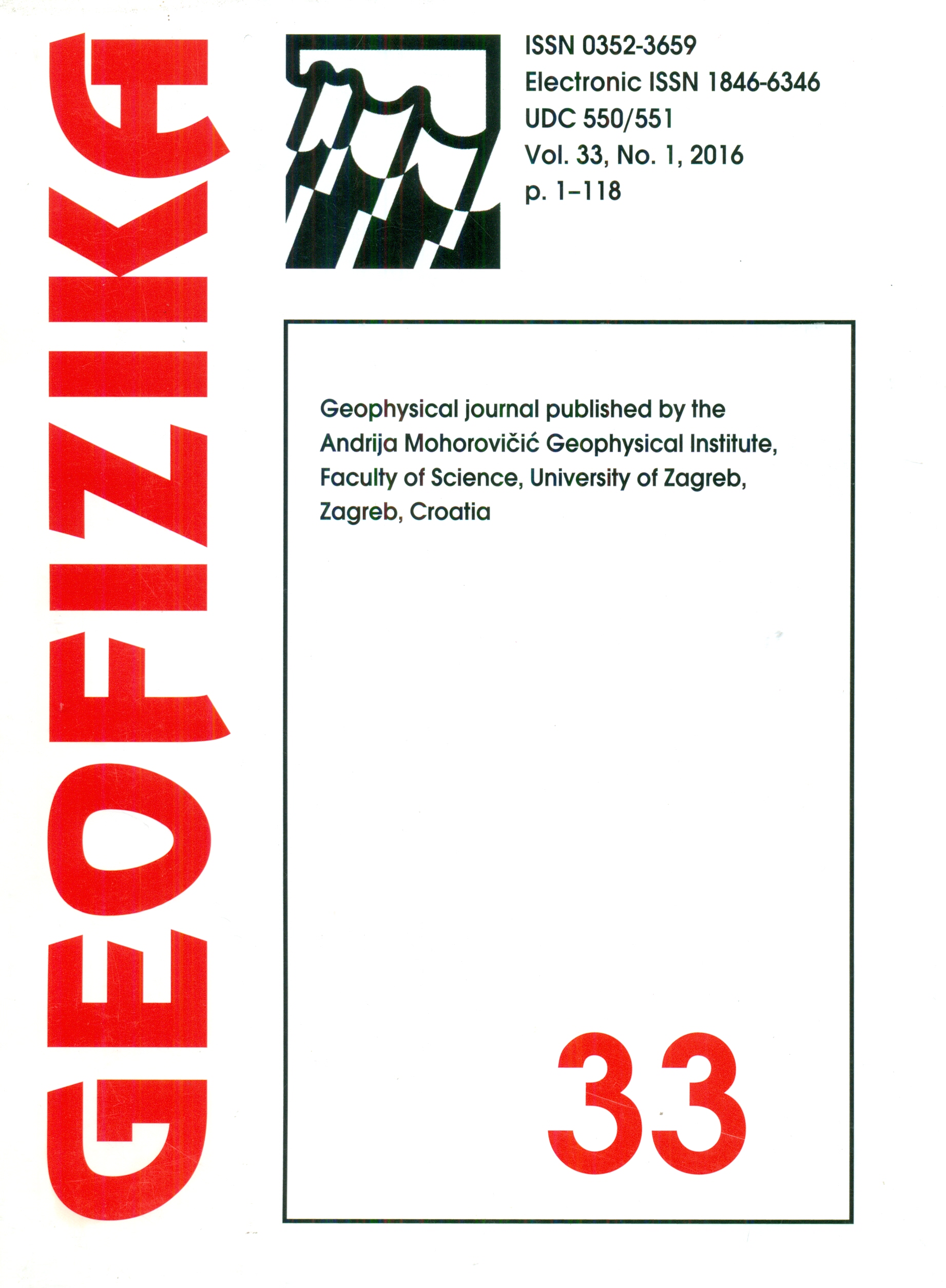GPR mapping of karst formations under a historic building in Szydłów, Poland
DOI:
https://doi.org/10.15233/gfz.2016.33.4Keywords:
Ground Penetrating Radar (GPR), karst, limestone, cave, Szydłów, Kielce UplandsAbstract
The Mid-Poland Uplands Belt is a vast area characterized by the presence of carbonate and sulphate rocks. In some parts of this region karst forming and developing processes are dynamic in character. The studied area is the terrain around a historic church in a small village of Szydłów. The building is situated on a hill which is formed by Sarmatian detrital limestone undergoing karst processes. At the foot of the hill there is a number of small caves. Characteristic geological structure and land transformations that are present due to the karst processes prompted the authors to conduct a GPR survey. The aim of this study was to verify whether there is a continuation of caves in the area around the monument. An analysis was made to estimate the risk of damaging the historic building due to the ongoing karst processes. The authors obtained good quality results from GPR measurements. The results confirmed the existence of unknown voids and loosening in rock structure. On radargrams, the authors recorded stratum mapping which confirms the existence of gravitational loosening of the rock mass near the cave ceilings and walls. The results prove that the GPR is an appropriate instrument for mapping some of the karst structures and evaluation of the orogen stability.
Downloads
Published
Issue
Section
License
Copyright (c) 2021 Geofizika journal

This work is licensed under a Creative Commons Attribution-NonCommercial 4.0 International License.

